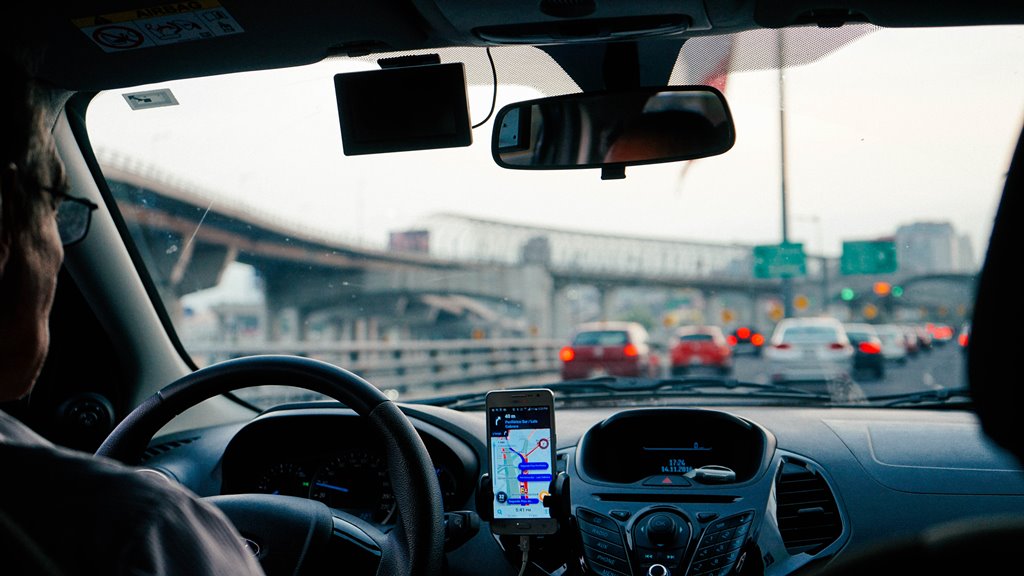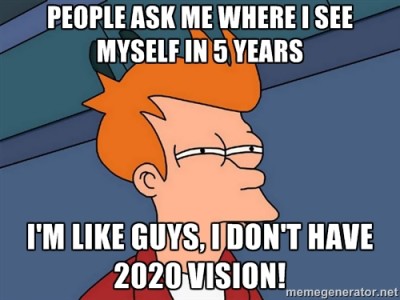To work, ride-sharing in Nairobi has to go beyond rides
As I type this post, I am stuck on one spot along Langata Road, where I have been for the last 30 minutes. Matatus are on strike, and as expected, there is a lot of traffic. I suppose this is because even people who do not drive daily drove to work this morning. Do not worry, I am not writing as I drive, someone else is. I look around and our car is one of the few that have more than one person in them. Most cars just have the driver. We are just two of us, with room for two or three other people at the back.
I am reminded of a thread I posted, and people contributed to a few months ago. What if we could give lifts to other people who use the same route as we do?
When we had that discussion on Twitter and a couple of things came up.
- There have been attempts at ride-sharing solutions, though none has gained traction so far. My followers brought this to my attention with two examples: Saafiri
I saw a https://t.co/O0OH6KyYVE ad in a newspaper recently.
— Christine. (@MrsMwiti) August 28, 2018
and United KiteThere is @UnitedKite . Tried using them in December last year but I was disappointed. Here’s the thread. Not sure if they’ve gotten any better.
https://t.co/me20dk9Bnx— Dan 🇰🇪 (@Danfar_) August 29, 2018
The first did not have testimonials, but the second had a customer who had attempted to use the service unsuccessfully. Either way, it was quite telling that none of my followers (who participated in the conversation) had successfully used a ride-sharing app, save for the commercial ones; Uber, Little, and Taxify. - The Traffic Act prohibits private cars from carrying passengers. This was a major hurdle to Uber’s original model, which was supposed to be ride-sharing and not taxi service. The drivers on the app, had to register their cars as PSV, and adhere to the insurance and other licensing requirements, which come at a cost, and are also bureaucratic headache.
- Trust is a big factor. Both the car owners and the riders struggle to trust each other. Trust was not an issue when Uber/Taxify/Little and others launched in the market because they were well-known brands. Customers trusted that they had the necessary systems to vet drivers, and vice versa. As we have seen, this also can be eroded if the customer experience does not match up. A new solution would need to cross this trust hurdle.
I think it is worth saying that the above issues are not unique to Kenya, neither are they insurmountable. Most tech companies that have disrupted traditional industries have done it despite these challenges. When Airbnb started, it was hard to believe that people would host strangers in their homes. When it comes to legal issues, both Airbnb and Ride-sharing apps (Uber and Lyft) have managed to grow globally despite legal issues by operating under the radar, offering something that works, and dealing with the law as they go. This post tries to imagine how a P2P ride-sharing solution would look like.
While the law is a potential idea killer, businesses often succeed by wiggling below the existing laws. For example, the law may prohibit private cars from carrying passengers commercially, but the law does not prohibit a neighbor from giving a ride to another, and neither does it prohibit said neighbor from helping the car owner pay for the fuel. The question then becomes, how do you get neighbours to share rides with their neighbours?
The second big issue is trust. As a new brand, you may not have the privilege that ride-hailing has had in Kenya, but you can latch onto an existing network. Currently, most neighbourhoods (estates) have Whatsapp groups which serve as an information portal, and also as a way for neighbours to connect. Where I live, our Whatsapp group is also a business channel – on Tuesdays, people who have things to sell post on there. I have bought eggs, samosas, carrots etc, and recently, a couple that was relocating sold their household items and car to our neighbours on the group. We have gotten to know each other virtually through that group, and I can say we trust each other.
This solution could seek to leverage existing Whatsapp groups, or to even replace them as a social network that is optimized for the function Whatsapp serves in these groups. The question would be, ride-sharing is one thing neighbours can do in a group, what else can they do, and how can you optimize that? It would need to be a social network of sorts. Think of WeChat, but for neighbourhoods.
The final hurdle that many people responded with was that their ideas do not get venture capital funding and this is why such a solution hasn’t gained traction. I agree -Kenyan / African ideas do not have a Y Combinator or a Silicon Valley that is awash with cash ready to fund the next dog walking or food delivery app. But I also know that this is not unique to tech businesses in this side of the world. All businesses struggle with startup funding, and unlike brick and mortar businesses, tech businesses only require brain capital to start out before the other realities (marketing and full-time staff) check-in. Who will take up the challenge and build a minimum viable product (MVP) for their neighbourhood that has a chance of growing? The Buffer story serves as a good reference point for those trying to bootstrap their tech businesses to profitability, I wrote a piece on what African startups can learn from Buffer.
Finally, are there ways this business idea could flop? Of course! Businesses fail more than they succeed, and it is far much easier to see the ways this would not work – than to try, put something out, and keep learning. What I know for sure is that a transport system where two people sit in a 5-seater car for 2 hours to drive an 11km distance is ripe for some innovation. You can reduce the time they spend in traffic, reduce the cost of the drive, or feed them as they sit in traffic!
Photo Credit:
Dan Gold




3 Comments